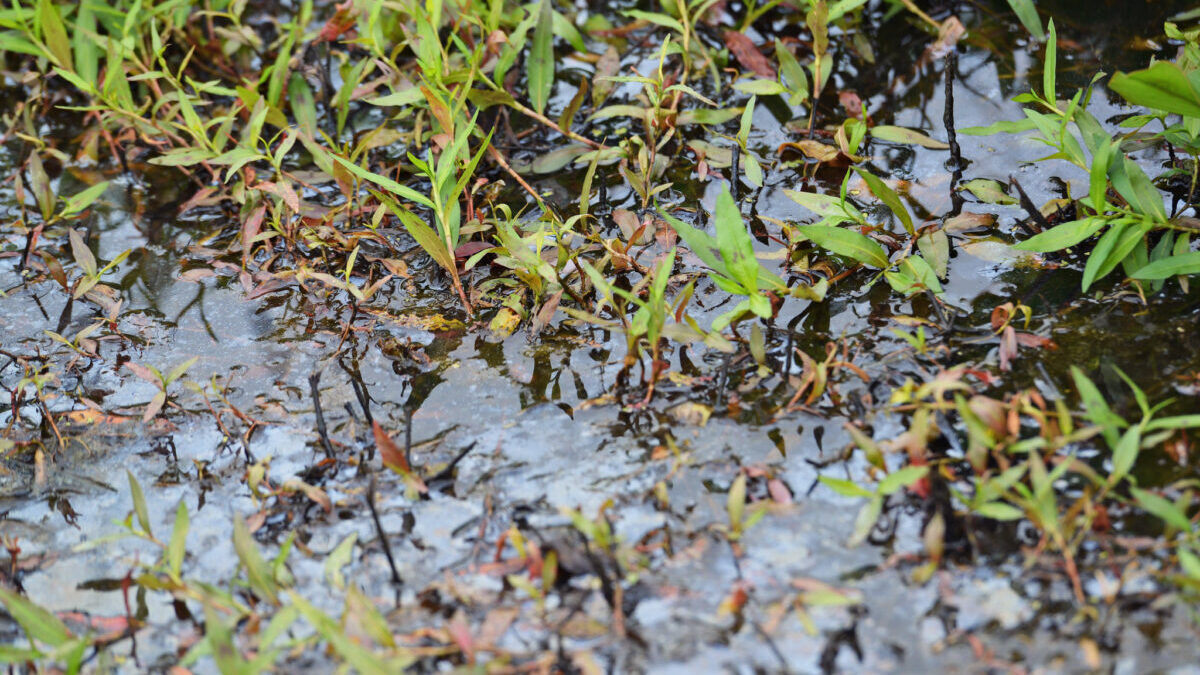
The nine justices on the Supreme Court dealt another blow to the administrative state Thursday with a ruling narrowing the scope of the Environmental Protection Agency’s (EPA) authority under the Clean Water Act.
In the court’s 5-4 decision, the conservative majority limited the definition of federal waterways that fall under the purview of the EPA to enforce the law as wetlands with a continuous surface water connection to larger streams, lakes, and rivers. Federal agencies and deep-pocket environmental groups have abused the vague terms of the 1972 water law for years to bring a halt to projects opposed by bureaucrats and radical conservationists.
“The uncertain meaning of ‘the waters of the United States’ has been a persistent problem, sparking decades of agency action and litigation,” the court acknowledged in Sackett v. EPA.
Justice Samuel Alito wrote the majority opinion. He was joined by Justices Clarence Thomas, Amy Coney Barrett, Neil Gorsuch, and John Roberts.
“For more than a half century, the agencies responsible for enforcing the Act have wrestled with the problem and adopted varying interpretations,” Alito wrote, declaring the Clean Water Act a “potent weapon.” “We hold the [Clean Water Act] extends to only those wetlands that are ‘as a practical matter indistinguishable from waters of the United States.'”
Such waters include streams with a “continuous surface connection” adjacent to federal waterways, “making it difficult to determine where the ‘water’ ends and the ‘wetland’ begins.”
Justice Brett Kavanaugh joined the court’s three liberal justices in dissent over the reach of the 1972 water law. The minority ruling concerns itself with the implications for conservation efforts by the high court narrowing EPA authority to enforce waterway protections.
Despite the split decision over the Clean Water Act, the nine-member panel ruled unanimously on behalf of the plaintiffs’ case to push the EPA off their property.
The Sackett family has spent more than a decade navigating the rules of the Clean Water Act over the course of construction for the couples’ dream home near Priest Lake in Bonner County, Idaho. Months after their 2004 purchase, the EPA shut down the project claiming wetlands on their property were covered under the Clean Water Act as “waters of the United States.” The classification was given because the wetlands on the Sackett’s property are located near a ditch leading into a creek flowing into Priest Lake.
The Sackett family fought the EPA’s joint decision with the Army Corps of Engineers all the way up to the high court, which heard the case in October. The nine justices agreed that the Sackett’s wetlands did not fall under federal protections allowing the EPA to step in and halt the project.
The Supreme Court’s Thursday ruling marks the latest strike against the administrative state with new limits to rein in bureaucratic abuses now routine among the executive branch. Last summer, the high court curtailed the EPA’s authority to unilaterally reshape the nation’s power grid through the Clean Power Plan.
[EPA: How The Supreme Court Upended EPA’s Power Grab And Curbed The Administrative State]









